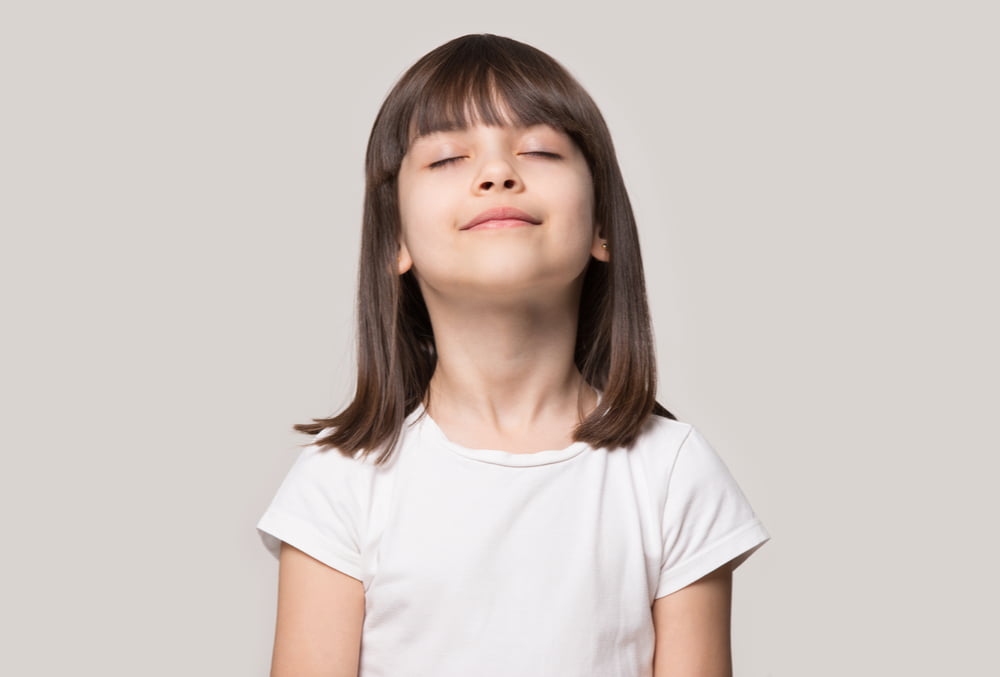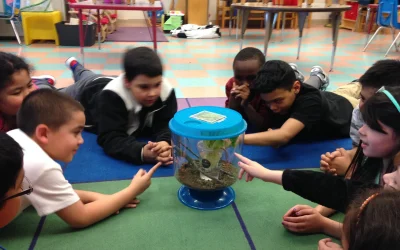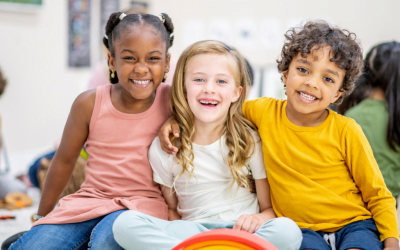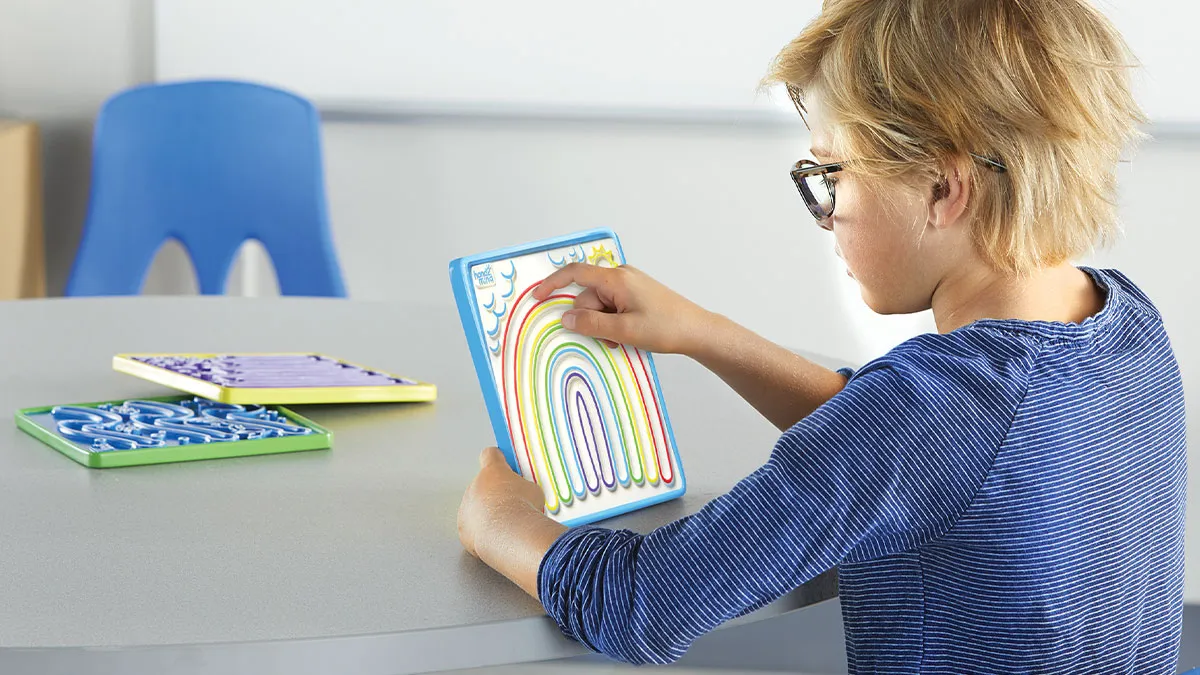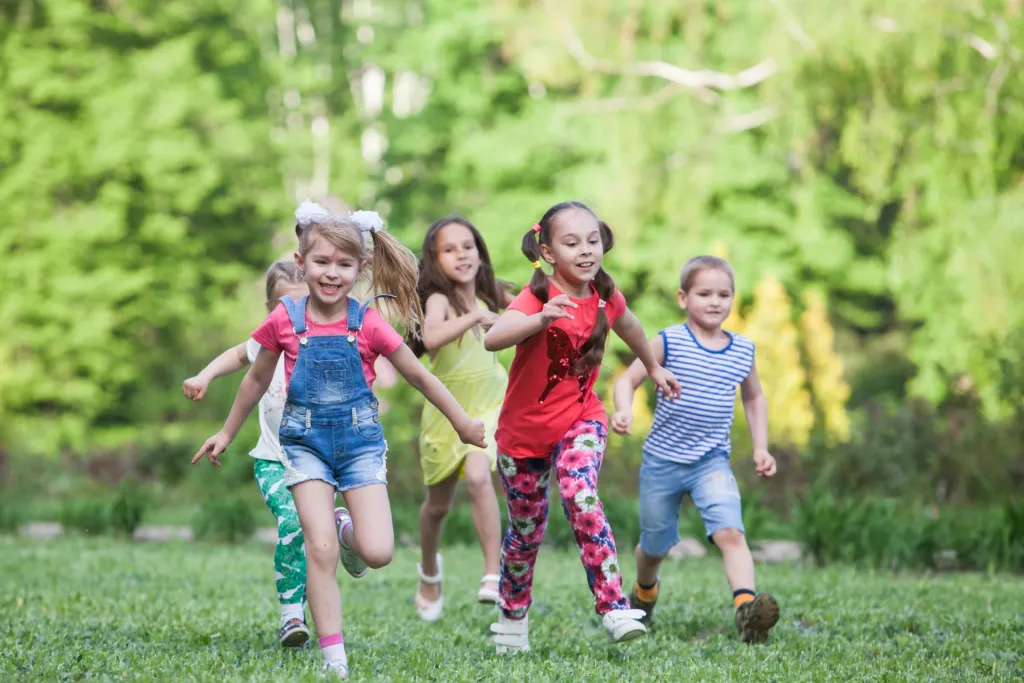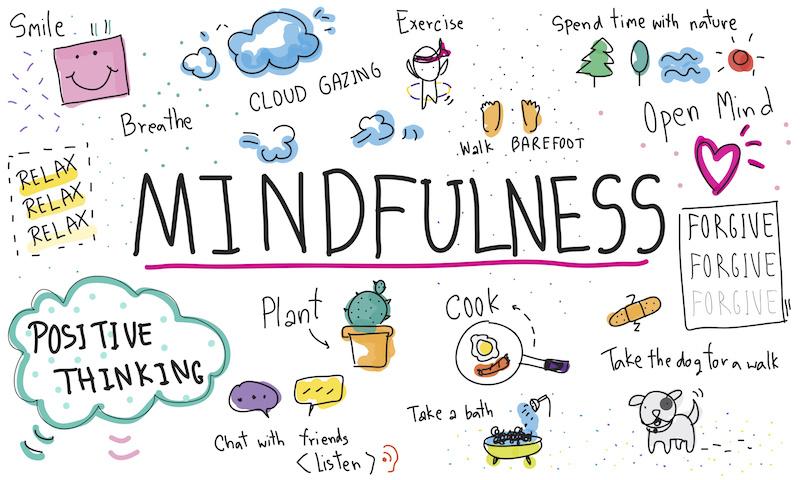Table of Contents
Mindful Breathing Exercises for Children: Cultivating Focus, Calmness, and Emotional Well-being
Introduction:
Introducing mindfulness to children at a young age can have profound effects on their overall well-being. One of the most accessible and effective techniques is mindful breathing exercises.
In this blog post, we will explore fun and engaging ways to teach kids how to practice mindful breathing. These exercises not only help children build focus but also manage emotions and experience calmness in their daily lives.
1. Balloon Breath:
Start by having your child sit comfortably with their back straight or lie down on their backs. Instruct them to take a deep breath through the nose while imagining filling up an imaginary balloon in their belly.
As they exhale slowly through the mouth, encourage them to imagine deflating that balloon gradually. Repeat this exercise several times while emphasizing slow inhalation and exhalation.
2. Flower Sniffing Breath:
Invite your child into a playful visualization activity where they pretend they are smelling flowers. Ask them to close their eyes gently as you guide them through each step of inhaling deeply as if sniffing a beautiful flower bouquet held right under their noses. Encourage long exhalations as if blowing out candles on a birthday cake after enjoying those fragrant scents.
3. Counting Breaths Game:
Create an interactive game using counting breaths that helps improve concentration skills along with calming benefits! Have your child count each inhalation silently from one up until five before starting again from one during every subsequent round of breaths taken together This simple yet effective technique encourages focused attention whilst promoting relaxation simultaneously!
4.Sensory Awareness Meditation:
Guide your child’s awareness towards different senses within themselves & surrounding environment.This meditation cultivates present moment awareness+enhances emotional intelligence.Invite kid(s)to notice sensations like feeling air against skin,sounds around room,tastes/smells lingering nearby.Encouraging them to observe without judgement or attachment,creating space for self-reflection & calmness.
5. Animal Breathing:
Transform mindful breathing into a playful activity by associating different animals with specific breath patterns. For example, instruct your child to take slow and deep breaths like an elephant’s trunk filling up with air or breathe in short bursts like a bunny sniffing the air. This exercise not only makes mindfulness fun but also helps children connect their imagination with their breath.
Conclusion:
Mindful breathing exercises are powerful tools that can help children build focus, manage emotions effectively, and experience inner calmness amidst life’s challenges.
By introducing these techniques at an early age and making them engaging through playfulness and creativity, we empower our kids to navigate stressors more mindfully while nurturing emotional intelligence and self-awareness.
Let us embark on this journey of cultivating mindfulness together as parents, caregivers,& educators! For further resources & support from our community of Mindful Parents visit Way Mindfulness.
Remember: small steps each day lead to significant positive changes in our little ones’ lives!

